
views
Planning Your Fasting Diet

Start with a two-meal window if you're new to fasting. If you're just starting an IF diet, plan to eat 2 healthy meals per day. For instance, you could have your first meal at 12 noon and the other at 7:00 pm. Then, fast for 17 hours after the second meal, sleeping and not eating "breakfast" until your fasting period ends.

Go for a one-meal window if you can fast for 23 hours. If you've done IF before, you might be ready for a tougher plan. If that's the case, set aside a 1-hour window to eat each day. For instance, you might fast for 23 hours, then eat a healthy, filling meal between 6 and 7 pm every evening.
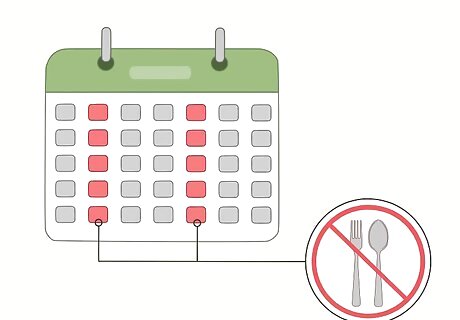
Try the 5:2 diet if you're okay with not eating for a full day. On the 5:2 diet, eat healthily 5 days of the week and fast for the other 2 days. For instance, you might not eat at all on Mondays and Thursdays, and eat normally (but healthily!) on the other 5 days.
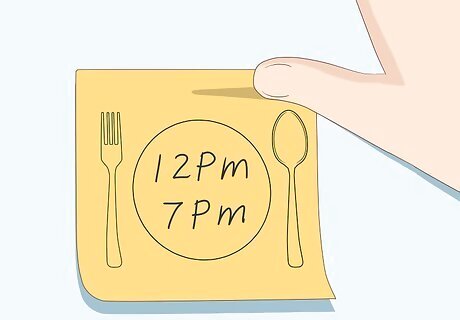
Choose an eating schedule that you can maintain. When implementing this diet, you’ll go without food for repeated periods of time (e.g., fasting 16 to 23 hours per 24-hour day) before you get to eat during the remaining 1 to 8 hours in your day. Intermittent fasting is often a way to lose weight, and is also a good way to regulate and schedule your food intake. It’s important to form and stick with a daily fasting schedule, and set a daily time to eat your last meal in the eating window.
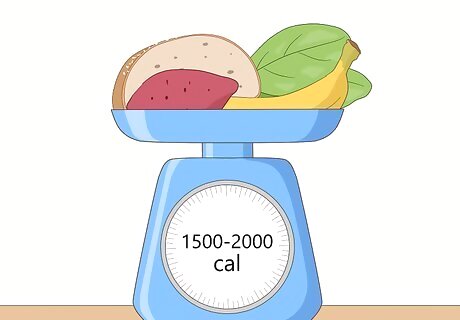
Decrease your daily calorie consumption moderately. If you normally eat 2,000 or 3,000 calories per day, then you can cut the calories only a little during meal times. Try not to exceed 1,500 or 2,000 calories a day. To meet this goal, tailor your diet to include healthy carbs, avoid white bread and white noodles, but have some complex carbs and some fats. Consume all of your daily calories during your one or two narrow meal times. You may find that the calorie reduction is easy to achieve, since you simply won’t have as much time to consume calories during a week. As part of this process, gradually alter your diet to decrease your consumption of processed foods, including processed meat, dairy, or soda.
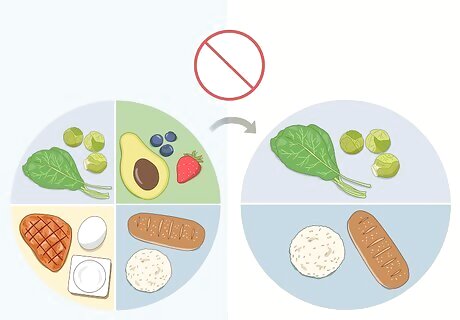
Do not dramatically alter your diet. When on an IF diet, there’s no need to cut out any specific food groups (e.g. carbs or fats). As long as you eat a healthy, balanced diet, and don’t exceed roughly 2,000 calories per day, you can eat the same types of food that you did before beginning the diet. The IF diet changes your eating schedule, not the types of foods that you eat. A well-balanced diet includes only small amounts of sodium-heavy processed foods and added sugars. Focus on healthy proteins (meats, including poultry and fish), fruits and vegetables, and moderate amounts of daily carbohydrates.
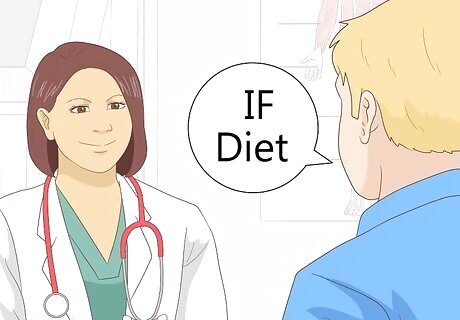
Consult your doctor before beginning an IF diet. Talk to your doctor and explain that you’re considering an IF diet. Ask about the pros and cons of the diet, and be sure to inform your doctor of any pre-existing medical conditions. The IF diet can have a dramatic effect on your daily metabolism. Do not fast without consulting with your doctor if you are pregnant or are unwell. Caution: Type 1 diabetics on an IF diet would have difficulty regulating and maintaining healthy insulin levels, due to the deliberately infrequent food consumption.
Following a Fasting Schedule
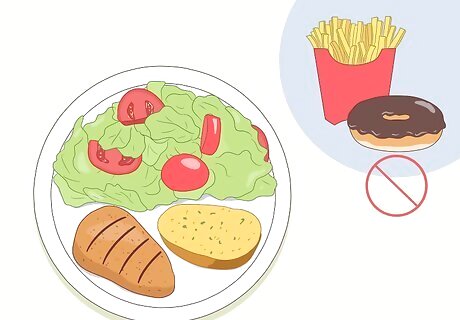
Eat your last non-fasting meal. Avoid the temptation to load up on junk food, sugar, and processed items in your last meal before fasting. Eat fresh vegetables and fruits, and make sure to eat plenty of proteins so that your energy level stays high. For example, your last meal could include cooked chicken breast, a piece of garlic bread, and a salad including romaine lettuce, tomato, sliced onion, and vinaigrette dressing. Some people binge a little starting this strategy, though this means that you will spend more time digesting your food and less time in the “fasting adapted phase” of your food-abstinence period. Eat a full meal before you begin fasting. If you fill up on only sugar-heavy or carbohydrate-heavy foods, before your fast, you’ll become hungry again quickly. Eat plenty of protein and fats when you have a scheduled meal. Going too low on carbs and fat can be hard to maintain, as you’ll feel unsatisfied and constantly hungry when fasting.
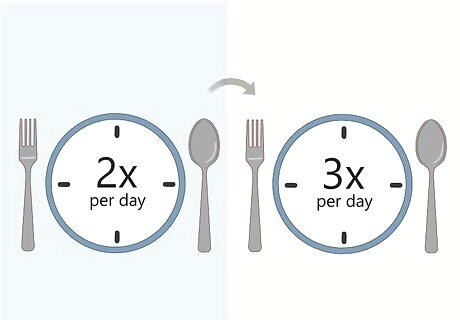
Ease into an IF diet. If you’re not used to fasting, the IF diet may come as a shock to your appetite and bodily systems. You can ease into the diet by lengthening your times of fasting between meals or start by taking one day off from eating per week. This will benefit your body by reducing uncomfortable symptoms (which can include headache, low blood pressure, and fatigue, or irritability).
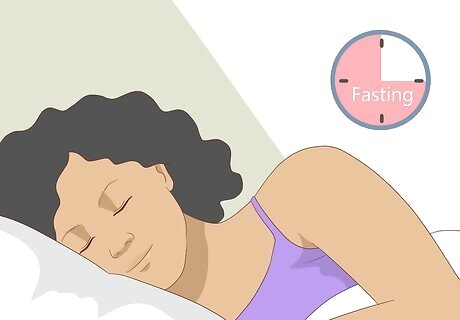
Fast during the hours in which you’re sleeping. This will help keep your mind off of your growling stomach when you’re in the middle of a long fast. Make sure to get at least 8 hours of sleep every night, with at least a few hours of fasting on either side. Then, while you’re awake, you won’t feel food-deprived because you know you will get to eat a big meal soon. The first/main meal after your fast will be the reward for the fasting period. You will be hungry after fasting, so eat a full meal.

Eat a light snack during your fasting window if you need to. One snack of 100 calories of protein and fat (nuts, cheese, etc.) will not impact the effectiveness of carrying out your fast. If you're really hungry or start to feel faint, have a healthy snack! Try to choose snacks with fewer than 30 calories, such as a few carrot or celery sticks, a quarter of an apple, 3 cherries, grapes, or raisins, 2 small crackers, or 1 ounce of chicken or fish until your fast ends.
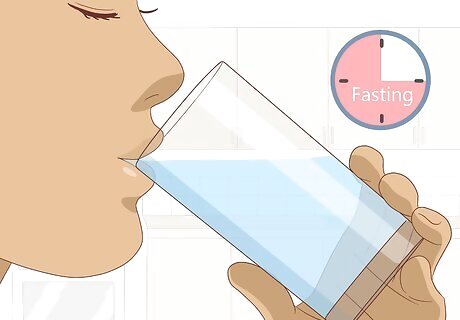
Keep your body well hydrated. Although you’ll be fasting for the majority of the hours in a day on an IF diet, this does not mean that you should stop drinking. In fact, it’s crucial that you stay hydrated while fasting, in order to keep your body working well. Drink water, herbal tea, and other no-calorie drinks. Staying hydrated will also stave off hunger pains, as the liquids will take up room in your stomach.
Losing Weight Through an IF Diet
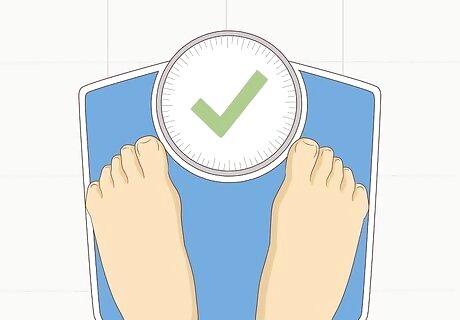
Set a weight-loss goal. The IF diet can effectively help you lose weight by reducing your daily caloric intake and allowing your body to burn off fat reserves. Reducing the amount of time that you spend eating will cause your body to shed excessive body fat by raising your metabolism. Intermittent fasting may also reduce the amount of inflammation found in body tissue. Keeping motivated to achieve a personal goal through fasting will give you added mental strength to continue fasting, should you need it. By restricting the amount of time that you spend eating, you may be able to reduce excessive weight gain. You may be able to extend your lifetime expectancy by burning off body fat
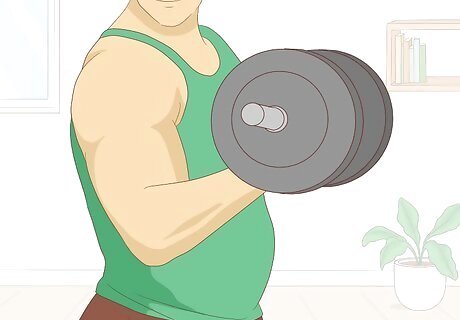
Get lean and build muscle mass while fasting. An IF diet gives you a good opportunity to build muscle. Schedule a work out for just before your first meal (or, if you’re eating two meals a day, work out between meals). Your body will be able to use the calories most effectively at this point, so plan to consume about 60% of your daily calories right after working out. To keep yourself healthy and increase muscle mass, don’t cut your calories to below 10 calories per pound of body weight. For example, a 180 pound man would need at least 1,800 calories per day to get lean, not by starving, while training moderately. If you cut too many calories, you’ll decrease your ability to stay healthy and build muscle tone.
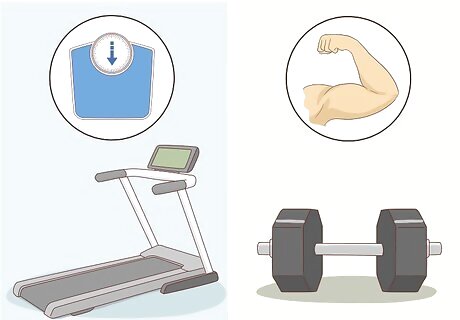
Tailor your exercise style to meet your desired body outcome. The type of exercise you perform while on an IF diet will depend on the outcome you want. If you’re simply trying to lose weight, focus on aerobics and cardio-based workouts. If you’re trying to add some muscle mass and bulk up, you’ll need focus on anaerobic exercises, such as weight training. If you’re trying to lose weight, focus on aerobics or cardio exercises in long sessions. If you’d like a more muscled body, focus on short bursts of anaerobic exercise. Anaerobic means working out in short bursts, without raising your heart rate dramatically. It is based on short times of doing resistance or weight exercise, not long sessions of aerobics or cardio.











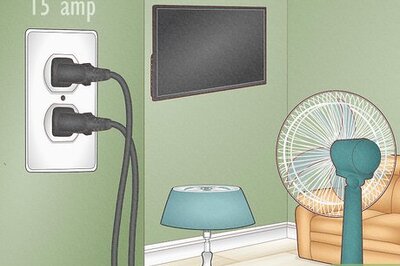

Comments
0 comment